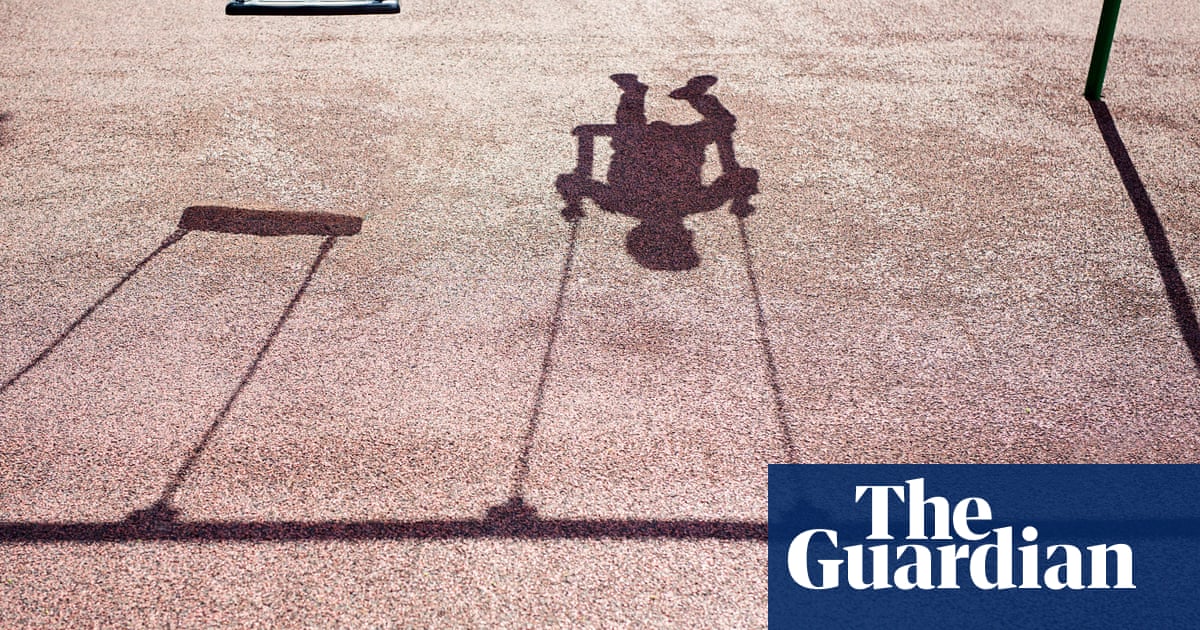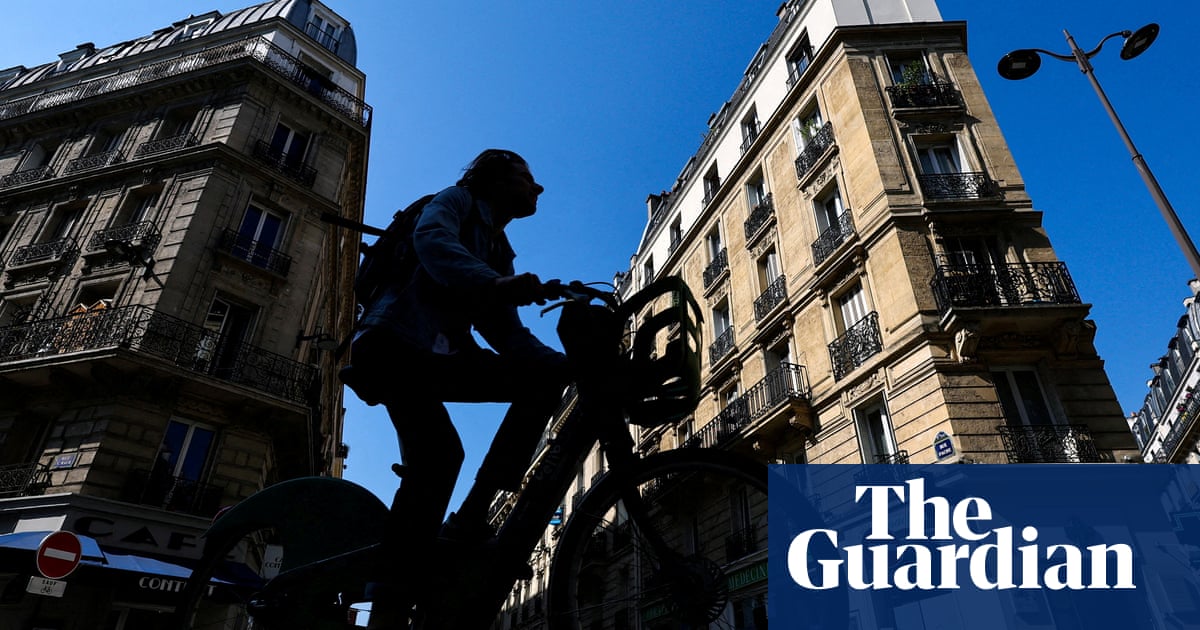Ten years ago, I went to an art fair and didn’t see any works by a woman. I asked myself: “Could I name 10 female artists? What about those working before 1800 or 1700?” The answer was no. Since then, I’ve dedicated my life to shedding a light on as many female artists as I can. I felt it was especially urgent with artists from the 16th and 17th centuries, when women had barely any opportunities, but despite the odds still created.
From Sofonisba Anguissola to Lavinia Fontana, these women are now familiar to me, though sadly not household names. In her book Shakespeare’s Sisters, Ramie Targoff profiles four Elizabethan and Jacobean writers, from diarists to translators, playwrights and poets. It reminded me how this lack of scholarship – and subsequent awareness – applies to every field, not just my own. Could I name 10 female authors from the Renaissance? None were mentioned in my courses, highlighted in the libraries I used, or honoured with statues on the streets.
Take Mary Sidney, the translator who gained fame by picking up the work of her literary star brother, Sir Philip Sidney, after his death. His works – and Psalms – were completed and edited by Mary. When Sidney was working, in the 1560s, on average 3% of women outside London were literate, a figure that rose to 10% inside the city.
What about Elizabeth Cary, author of The Tragedy of Mariam, the first original play by a woman to be published in English. She taught herself Latin, Hebrew, Italian, French and Transylvanian as well as mothering 11 children. Or Anne Clifford, the diarist whose journal lasted 73 years and records a 40-year legal case after being disinherited from her father as a teenager.
Emilia Lanier, meanwhile, was not only the first published female poet in England – but possibly the author of the first book of feminist poetry. Salve Deus Rex Judaeorum, published 1611, told the story of Christ’s Passion from a female perspective. At one point, Lanier relates Christ’s fate from the viewpoint of a proto-feminist wife of Pontius Pilate, who tries to persuade her husband not to crucify Jesus, stating that if men are sinful enough to kill their saviour, women should be liberated from their rule.

Sadly, it would not see the light of day. After only two printings, the book was not reissued for 360 years. Such a loss is immense: it would have allowed for both women and men to imagine these stories in alternative ways, and perhaps be more open and compassionate towards the other’s perspective.
Last week, I was in Delhi speaking to 34-year-old artist Ayesha Singh about the idea of “prescribed perspectives”, ahead of the unveiling of her new work for the facade of the India Art Fair, titled Skewed Histories and Site Lines. At 468-foot long, this work attempts to disrupt the idea of dominant perspectives in myriad ways, exposing the gaps in our cultural histories that have for too long kept women out.
“In school,” says Singh, “we are taught perspective drawing by sketching a triangular road that tapers into a vanishing point with a horizon line running through it.” But this singular perspective, she says, is also a metaphor for a dominant and prescribed way of thinking. “What,” asks Singh, “if there were many vanishing points, many overlapping histories and intersecting narratives … shifting perspectives, or altered horizon lines?”
Bringing this to life, Singh’s work teems with multiple vanishing points and sight lines overlaid with the stories of five female patrons and architects instrumental to Indian architecture over the last 1,000 years. These take the form of various spliced, fragmented and flipped buildings they built, oversaw, designed and patronised. “We are in a crucial moment in our history in India today,” Singh tells me, “witnessing the forces of ideology and action toward de-colonisation, through the insertion and removal of particular histories.”
From the 11th century, she honours Queen Udayamati, patron of The Queen’s Stepwell, one example of public spaces in India where women congregate, worship goddesses and collect water. Then onwards through the centuries, she spotlights Bega Begum, who oversaw the tomb of Humayun, the second Mughal emperor, and Begum Samru, commissioner of the Basilica of Our Lady of Graces in Uttar Pradesh. Singh also focuses on buildings by Urmila Eulie Chowdhury, believed to be the first qualified female architect in Asia, and Revathi Kamath, who used ecological methods, fusing traditional mud-building with contemporary architectural design.
The power of political and business leaders seems to grow every day, while the checks recede. Only earlier this month did Mark Zuckerberg state that Meta will end all third-party fact-checking, which could usher in a detrimental time for truth. The Trump government has ordered the closure of diversity, equity and inclusion programmes, such as those at the National Gallery of Art in Washington DC. This will inevitably lead to the suppression or even erasure of other perspectives, ones that have taken decades, if not centuries, to gain any sort of currency.
So it has never been more important to look beyond the dominant narrative to those who inhabit – and have inhabited – our world. While Targoff illuminates the literary achievements of Renaissance women, Singh celebrates pioneers across millennia. It’s time we remembered the names of all these astonishing women, and the truth of those who have helped shaped history.

 3 months ago
51
3 months ago
51

















































